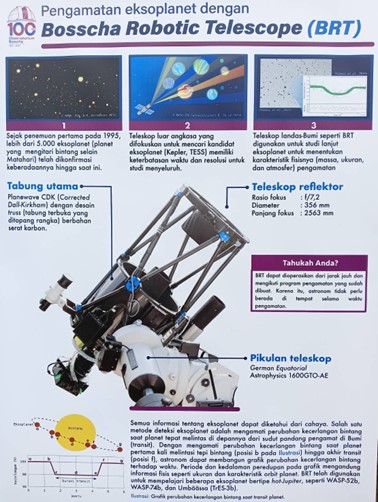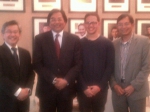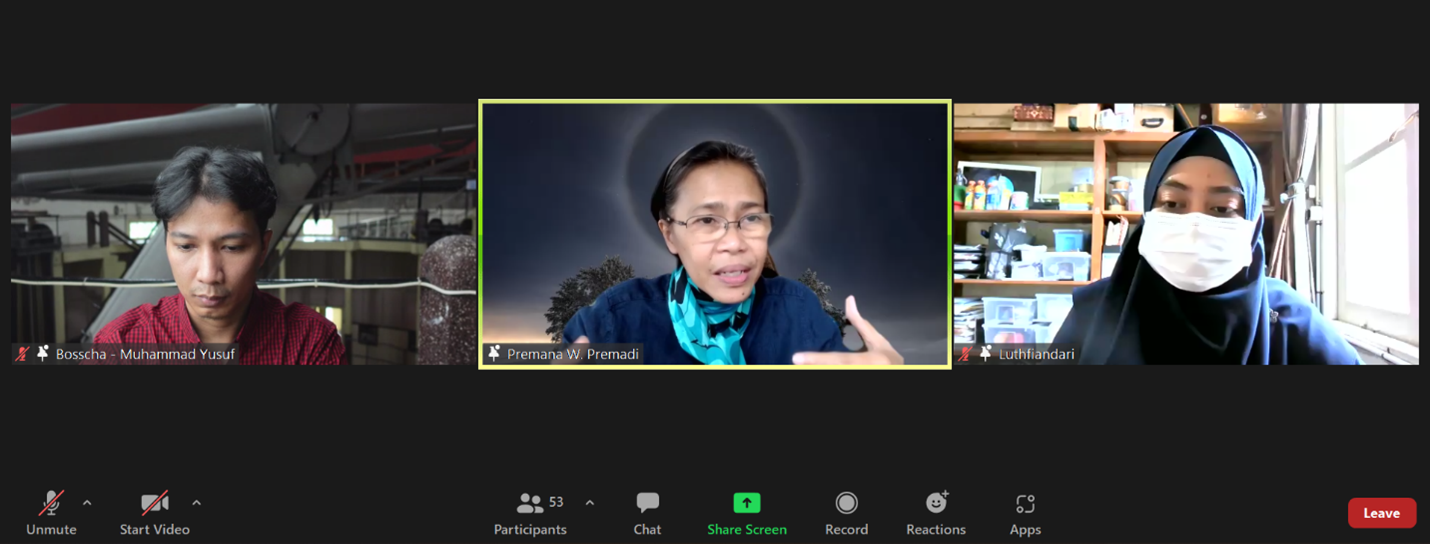Astrophotography, the Combination of Art and Technology at Bosscha Observatory
By Adi Permana
Editor Adi Permana

LEMBANG, itb.ac.id – Astronomy is a visual branch of science; its objects of interest can only be documented by sight. Despite only relying on observation, its knowledge is precious to society.
As one of the oldest branches of science in the world, astronomy can help farmers determine harvest seasons and fishermen find their way home. It is also essential in enacting religious rituals. Scholars worldwide have tried to archive astronomical phenomena in multiple ways, from illustrations to narrations.
With the invention of the camera, researchers can record astronomical phenomena in much greater detail. This cross between art and technology has created a new branch of study- astrophotography. Besides collecting scientific data, astrophotography can capture the beauty of night skies filled with constellations.
Although astronomy nowadays oversees the universe over the electromagnetic frequency range, its visual aspect is proven to be able to expand more. Perceiving and documenting the sky's extraterrestrial light with sophisticated photographic techniques has become a serious hobby for many, not just astronomers. The Bosscha Observatory's astrophotography collection has grabbed people's attention because of its good quality and detailed scientific explanations for the curious.
Bosscha Observatory has various telescopes that can capture the beauty of astrophotography. Each telescope has different levels of compatibility with other astronomical objects. Some of the observatory's collections include the BRT (Bosscha Robotic Telescope) and the Bamberg Telescope.

The BRT can be found in the Surya building on the site. As a digital telescope, it functions for solar protection by automatically following the sun's motions. Furthermore, it has a very high magnification capable of capturing the sun's surface. Its photos are displayed on a computer screen.
The Bamberg telescope has a very different use from the BRT, in which it can observe stars with variable light. Stars like this often exist in solar systems that have two stars simultaneously. Astronomers can then identify astronomical phenomena by following changes in the stars' light.
Unfortunately, the Bosscha Observatory is facing a problem with Bandung's massive light pollution. The rise goes hand in hand with the city's economic growth; hence, the coming years are predicted to be more severe. Light pollution causes space light from stars or other astronomical objects to become more difficult to be seen.
Reporter: Favian Aldilla (Civil Engineering, 2019)
Translator: Hanna Daniela Ayu (Aerospace Engineering, 2021)

.jpg)
.jpg)
.png)
.jpg)
.jpg)



